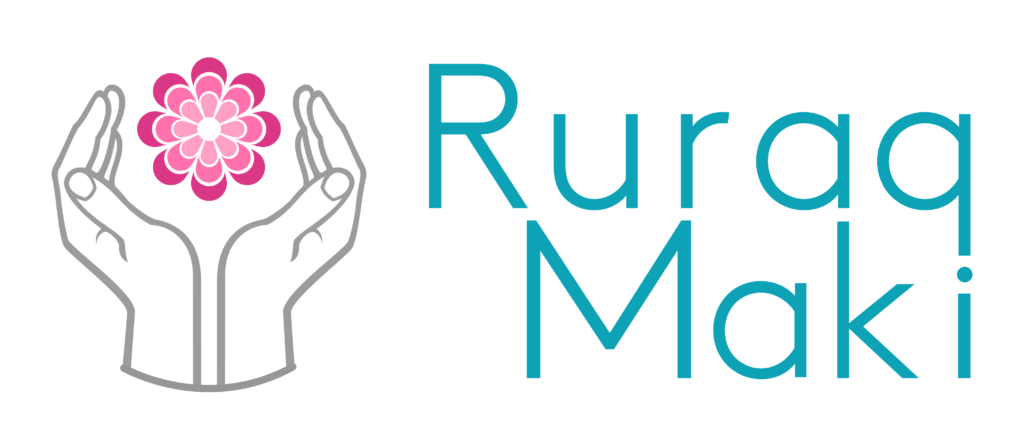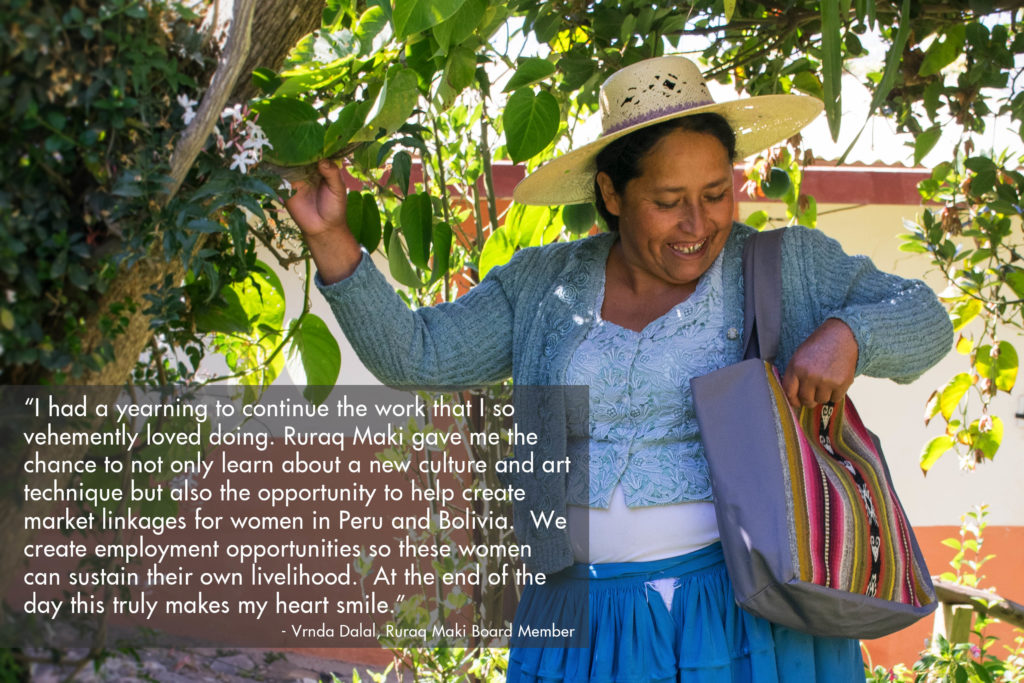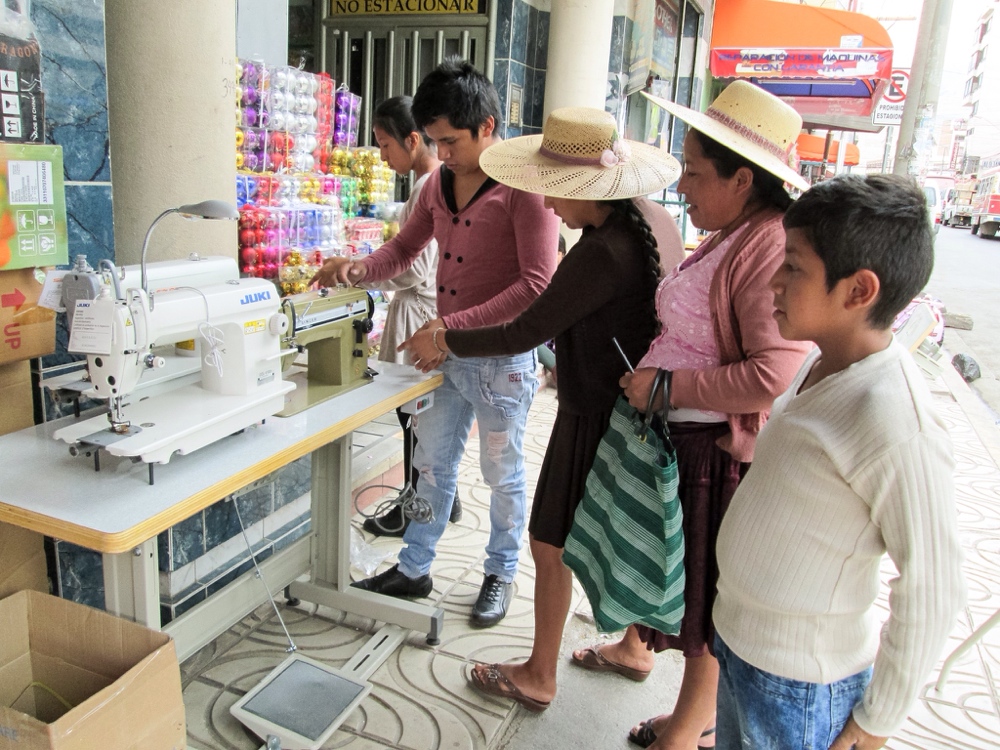Vrnda joined Ruraq Maki in May 2015. Here she shares her background and why she works with artisans.
I always had this desire to work in India and on one fine November in 2010, up and moved to work for an organization that provided employment opportunities to women and men in the handicraft sector. Unbeknownst to me, what was supposed to be a 15 month stint turned into the most beautiful and amazing three years. While I was there I learned that due to the rise of industrialization in conjunction with a lack of respect and value for crafts, many artisans in India were leaving their passion to pursue work in major cities. They were taking up jobs in construction and transportation causing the identity and the root of the craft to slowly fade. The newer generation was less interested in learning the craft as they saw their parents struggle to make means and earn respect.
The organization which I worked for aimed to create international market linkages for products made by artisans. The mission was to create sustainable livelihood and directly connect self-help groups to markets, eliminating middle men and generating more value down the chain. During my experience, I had the opportunity to interact with many large retailers and slowly began to realize why it was so difficult for artisans to directly work with them. Retailers are demanding, they do not have the capacity, resources, and man power to work with smaller suppliers who many need training and hand holding. Furthermore, handmade products have this negative stigma of being of low quality and therefore in-expensive and cheap. All of this combined creates a barrier preventing artisan made products from seeing the light of day.
I joined Ruraq Maki earlier this year after moving back from India. I had a yearning to continue the work that I so vehemently loved doing and Ruraq did just that. It gave me the chance to not only learn about a new culture and art technique but also the opportunity to help create market linkages for women in Peru and Bolivia. We create employment opportunities so these women can sustain their own livelihood. At the end of the day this truly makes my heart smile.


























